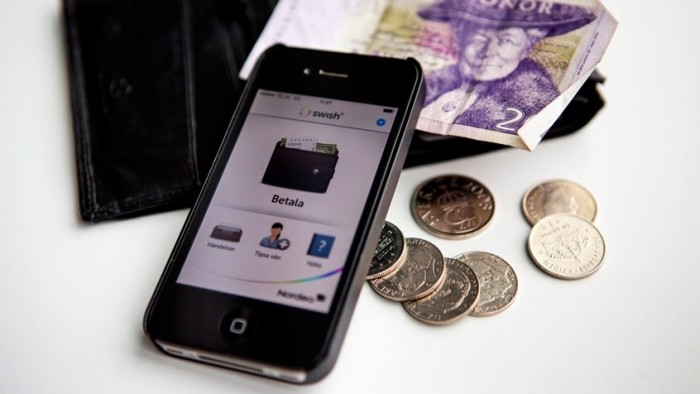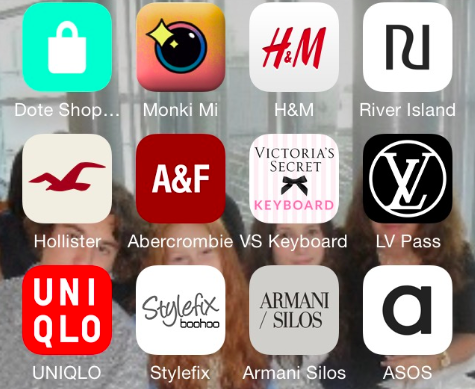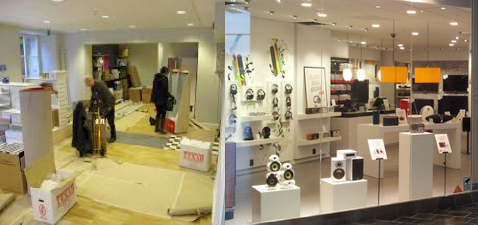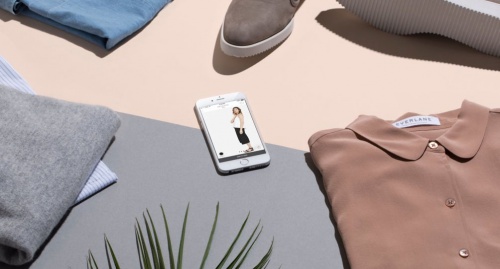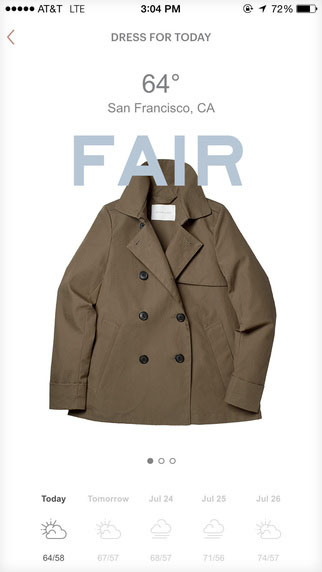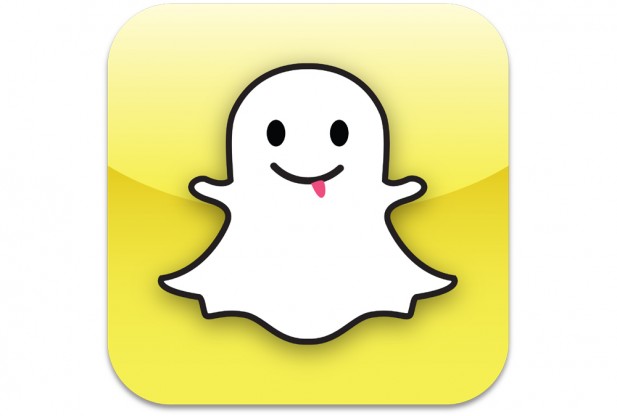Retail Trends for 2016
1. Corporate realignment with a goal to deliver a seamless buying experience.
2. Integration of retail IT systems.
3. Personalization across channels, which is Omni Channel retailing in action and execution.
Next year, we can expect stores to double their strategies to bridge the gap between offline and digital channels. Retail in 2016 will continue to be driven by the preferences of Baby Boomers and even more by Millennials. To reach Millennials retailers need to invest in mobile, as they are the largest group of smartphone owners. The Millennials grew up with anything and everything just a click away making them impatient. Speed and excellent customer service is an essential factor with Millennials who are expected to spend $1.4 trillion by 2020, according to Accenture research.
Social networks will start to serve as shopping platforms. Recently brands have increasingly used social media to market their products, interact with customers, and make merchandising decisions. Soon merchants will add, “selling” to the list of things they can do on social sites. Facebook ́s and Twitter’s “buy” buttons and the ”Like2Buy” platform for Instagram show us that social will turn into selling platforms in 2016. We have already seen big retailers sell via social e.g. Nordstrom and Target on Instagram and Burberry started testing Twitter’s buy button.
A survey by Cone Communications and Echo Research shows that 87 percent of global consumers factor CSR (Corporate Social Responsibility) into their purchase decisions. Merchants are expected to increase ethical initiatives to satisfy this demand. It can be environmental or charities as long as shoppers know that their money is making a difference.
Consumers are now expecting more personalized offers and services. Customized benefits will also be a big part of future loyalty program success. Retailers will start to offer a mixture of personalized loyalty with creative new kinds of ”points-for-purchase” reward programs. We will experience more creative efforts to reward shoppers. The loyalty programs of the future will reward shoppers for their actions and interaction.
Retailers are now improving their sales channels with technology:
POS TECHNOLOGY – cloud-based point of sale systems have proven that they can outperform old-fashioned registers in all aspects and many retailers will make the switch. POS leads to better conversion rates due to e.g. less queuing in the shops.
BEACONS – will make their way into even more stores in the coming year. The technology that provides in-store analytics and marketing solutions for brick-and-mortar retailers has already generated results for several merchants. One of the greatest and most commercial advantages with Beacons is the possibility to control the Visual Merchandising to the spots that are the actual peak selling points in the shops based on facts from analytics.
APPS – more retailers will offer an App to introduce mobile loyalty programs. Shoppers will be able to redeem their rewards using their smartphones through apps from the specific retailer. Apps will also interact with beacons, POS, AR and other ”shopping improving” services.
MOBILE PAYMENT SOLUTIONS – the number of consumers adopting mobile wallets will increase in 2016. We will see much more phone-scanning next year. Retailers will have to implement new solutions like smart terminals supporting multiple payment technologies including NFC, Bluetooth, QR codes, and EMV.
AUGMENTED REALITY – from virtual fitting rooms to interactive window displays, merchants are continuously finding ways to use augmented reality to draw attention and improve shopping experiences. IKEA launched their augmented reality catalogue to enable shoppers to visualize how certain pieces of furniture could look inside their home. Not only that, but the app measures the size of the products against the surrounding room and fixtures to offer a true-to-life size where possible. We will se huge increase in AR centric efforts in 2016.
WEARABLES – about eleven percent of consumers already own wearable gadgets such as smart watches, glasses, and fitness monitors. This will likely make companies experiment with how they can use wearable technology to market or serve customers.
3D PRINTING – will also be used in Retail. Brilliance.com started using 3D mock-ups to help customers try on different rings so they can determine the right size, shape, carat, and diamond arrangement for their hands.
Data will be more accessible and powerful
Retailers will use data to get to know their customers and provide customized shopping experiences. One example is the ability to analyze foot traffic to make better decisions and tailor customer interactions. Retailers also buy information about the spending habits of their top customers, allowing them to send personalized rewards and offers. Big Data can now reveal precisely when specific customer groups will shop and exactly what they want. Retailers can then make targeted adjustments to staffing, product placement, marketing displays and prices. Detailed analysis of individual SKU performance metrics can also allow retailers to adjust merchandise assortments and promotions, improving inventory throughput to avoid costly markdowns.
More retailers will take control of their entire value chain. From creation all the way to consumption. We have seen Apple and Ralph Lauren doing this. Despite having higher prices, they manage to achieve customer loyalty and profitability due to their efforts to have value chain control. Since speed and convenience is more important than ever, retailers will come up with improved ways to quickly get products to their customers. We will see more ”same-day delivery” and ”click-and-collect” and other non-traditional strategies like e.g. drone deliveries.
In 2016 many ecommerce merchants will expand into the offline realm. The majority of overall retail sales are still offline and this way ecommerce companies can gain significant market share. The need to provide seamless online to in-store experiences continues to grow, requiring both a digital and physical presence. This means that brick-and-mortar retailers must step up their game. To do this, merchants will further enrich the in-store experience by offering digital services aswel.
Localization will be more important than ever. Retailers that customize their stores and merchandise according to the demand of their local communities or the country they act in, will gain market share in the future. Zalando has gained and increased hugely by adjusting their individual online stores to the patterns of the country the act in.
Omni channel retailing is already paying off for a lot of companies. According to MediaPost, Macy ́s has found that click-and-collect increases spending. Macy’s just launched its mobile and online-to-offline services and they state that this way the customers have already made their decision when reaching the store, they know where to go and when they get there they almost always buy something additional, spending about 125% of the intended order. In addition to click-and-collect, all Macy’s locations can now ship directly to someone’s home and customers can manage their points and offers via mobile.
2016 is also expected to bring a lot more Fast Fashion from big clothing retailers. Analytics from various digital channels can help guide a faster and more precise supply chain from product ideation through delivery. It’s now all about, bringing it in, sell it out.
The cost of not being Omni Channel today, according to recent research in the RIS/EKN Customer Engagement Tech Trends Study, is 10% in lost revenue.
By Charlotte Katz, Gothenburg September 2015



